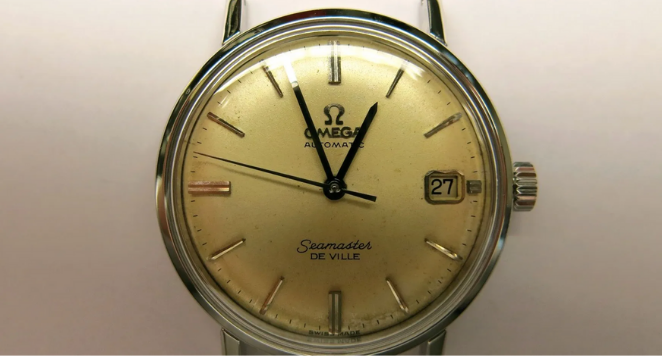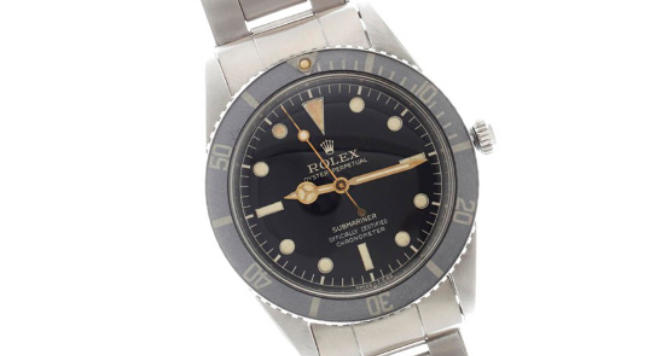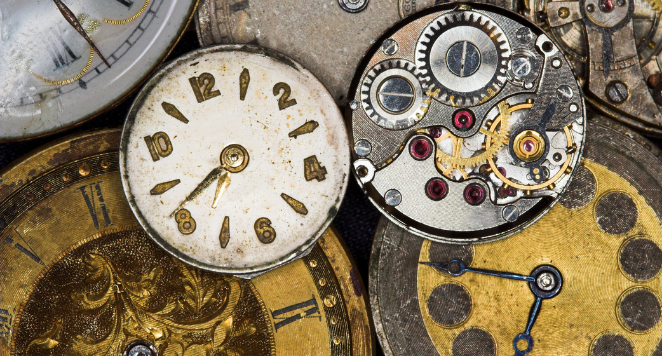An antique watch is a watch that is older than 100 years old. Antique watches are well-loved for a multitude of reasons, but mainly the low cost, rich history, and vintage aesthetics.
However, owning antique wrist watches isn’t simple- they often need to be restored owing to their poor quality.
When it comes to antique watch repair, we recommend that you go to a professional. However, if you would like to find out to do it yourself, here’s how.
Before You Start, Examine The Antique Watch

Before you start buying tools, it’s important to establish the exact condition of your antique watch.
In order to do this, you need to remove the watch back and observe each watch part.
Generally, the two key problem areas are the crown and the mainspring, as they tend to be less durable than other parts.
It’s also worth mentioning that some parts may appear dishevelled yet still be desirable as they preserve the antique feel of the timepiece.
Overall, with classic antique watches, it’s important to keep the authenticity as much as you can, so avoid restoring parts unless they aren’t functioning.
So, which parts may need restoring, and how can you restore them at home?
1. Crown & Stem

Now that you’ve opened up your watch, it’s easier to see which parts need repairing.
The crown and stem are very susceptible to damage, therefore it’s likely you will have to repair these parts of your antique watch.
If the crown is detached, that’s an obvious sign that both the crown and stem need repairing as the crown is responsible for the winding movement, and the stem attaches to the crown.
In the event that you discover a detached crown, it’s time to close the watch back up and start researching. Try to identify the watch movement of your product and order the correct crown and stem, as well as a pin vise hand drill. If you don’t know the necessary details, you can contact the watch manufacturer for more information.
Once you’ve got the necessary crown and stem, it’s time to reopen the case back, ready to remove the stem.
Depending on the watch type, you will either need to push an indent to release, or twist a small screw anticlockwise four times to loosen the stem.
Removing the crown is slightly more complicated. Get your pin vise hand drill and close it around the stem, with the crown at the other end. Then, take the pin vise in one hand and the crown in the other, twisting them in opposite directions. This will break the seal. Finally, twist the crown anticlockwise to release it from the stem.
2. Mainspring

Another essential part of a mechanical timepiece is the mainspring, which is a wound-up metal cylinder that generates the power of the watch.
To discover if the mainspring of antique watches is broken, we simply wind the watch and wait to feel resistance. If there are clicking noises paired with no resistance, the mainspring is likely broken.
Fortunately, this is an easy repair. Again, open the back of your timepiece, but this time use tweezers to pick up the inner coil of the mainspring and slowly pull it out. To avoid the mainspring unwinding dangerously fast, use your thumb as a barrier by placing it on the end of the spring.
3. Case

A faded case can be an attractive factor in antique vintage watches, so be wary of restoring it. What’s more, the process of restoration is extremely complicated, so we definitely recommend leaving this one to the professionals. Some antique watch stores provide this service, so simply search ‘antique watch repair near me’ to view your options.
However, if you insist on trying this yourself, you will need a buffing wheel and polish to restore the shine in your timepiece. The polish will remove a layer of metal, leaving a fresh, sleek layer on top.
4. Strap/Bracelet

Finally, a bedraggled watch strap can bring down the tone of the whole watch, so it’s important to know how to repair it.
The majority of the time, watch straps and bracelets should simply be cleaned. This helps them to look their best without removing their character.
For leather watch straps, you will need to detach the strap from the watch. Depending on the type of watch, you can either: push a tab to release the strap; place a sharp object between the lugs to retrieve the spring bar and strap, or insert a spring bar tool into the shoulder of the spring bar and push to release.
Upon detaching the strap, use a microfibre cloth to gently wipe it. Then, soak a different cloth in soapy water and rub the watch strap thoroughly, before using a new damp cloth to wipe the soap away. For more information on how to clean your watch strap, check out our guide on How To Take Care Of Your Watch: The Ultimate Guide.
As for metal bracelets on antique watches, simply dip a toothbrush into warm, soapy water and scrub between the links to achieve a sleek look.
Our Final Thoughts On Restoring Antique Watches

We hope we have clearly highlighted how you can restore antique watches without paying a professional.
For some inspiration for your next vintage find, simply search ‘antique watches worth money’ online and you will be inundated with options.
If you dislike antique watches altogether, have a look at the modern timepieces available here at Uniform Wares. They’re Swiss-made, they’re minimalist, and they don’t need to be repaired! Browse our watches for sale today.
